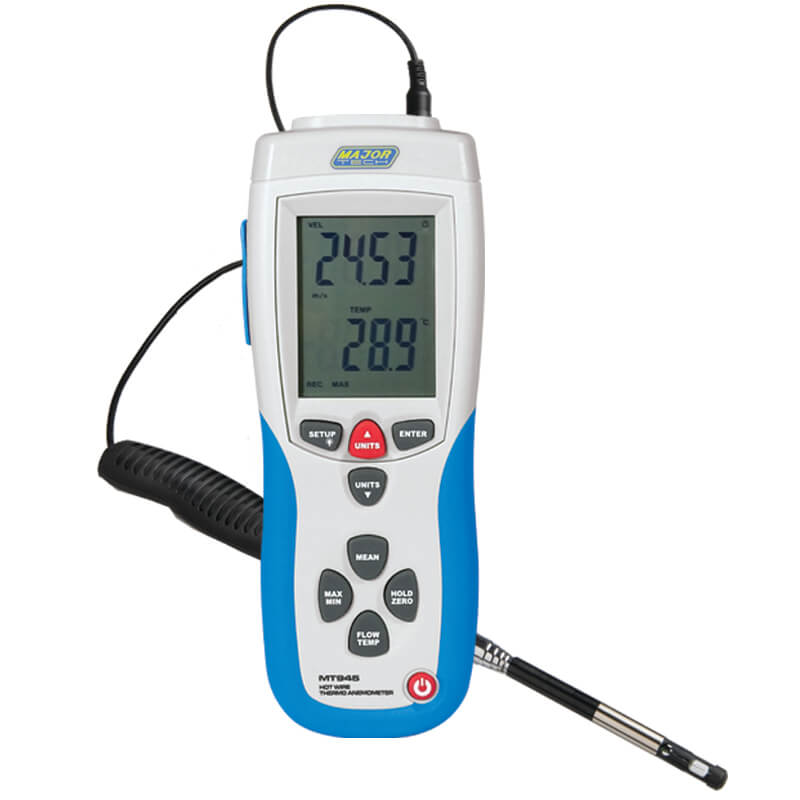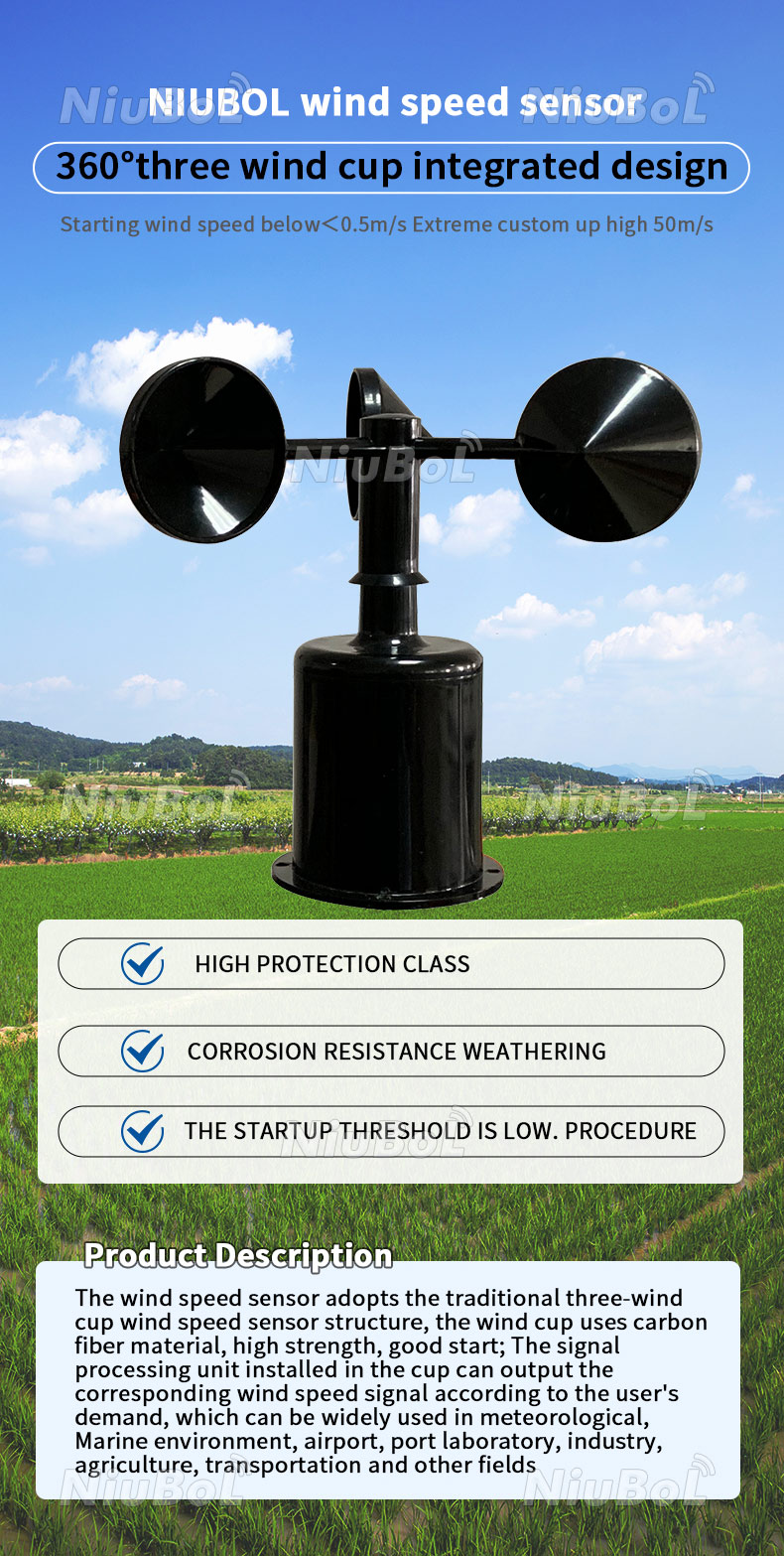Comprehending Various Sorts Of Anemometers for Various Applications
Exploring the Functions and Benefits of Anemometers for Weather Condition Fanatics and Experts
From mug anemometers to sonic anemometers, each type brings its one-of-a-kind set of benefits and applications, dropping light on numerous elements of climatic conditions. As we delve right into the features and advantages of anemometers, a deeper understanding arises not only of dominating weather condition phenomena yet also of the broader implications for fields like wind energy production and environmental study.
Relevance of Anemometers in Climate Tracking
Anemometers play a crucial function in weather surveillance by offering accurate dimensions of wind rate, aiding in projecting and understanding weather condition patterns. These tools, varying from conventional cup anemometers to modern-day ultrasonic anemometers, are important for meteorologists, scientists, and weather fanatics alike. By gauging wind speed, anemometers aid in identifying the strength of weather condition phenomena such as tornados, cyclones, and tornadoes. Additionally, they supply important information for aeronautics, maritime operations, and various industries that are delicate to wind conditions.

Types of Anemometers and Their Applications
The most usual kinds of anemometers consist of cup anemometers, vane anemometers, hot-wire anemometers, and ultrasonic anemometers. Mug anemometers are composed of 3 or 4 mugs placed on straight arms that revolve with the wind, measuring its rate. Vane anemometers, on the other hand, utilize an openly rotating vane to straighten with the wind instructions, supplying both wind speed and instructions measurements.
Each kind of anemometer has its distinct benefits and applications. Cup anemometers are durable and appropriate for general climate surveillance, while vane anemometers are favored for directional dimensions. Hot-wire anemometers are sensitive to reduced air speeds, making them perfect for interior environments. Ultrasonic anemometers are non-intrusive and offer high precision, often used in research study and specialized weather condition surveillance applications. Understanding the characteristics and applications of each sort of anemometer is vital for picking the most ideal tool for details weather condition monitoring demands.
Benefits of Making Use Of Anemometers in Projecting
In meteorology, the use of anemometers supplies very useful benefits for enhancing the accuracy of climate forecasting. Anemometers measure wind speed and instructions, offering crucial information for anticipating weather patterns. By incorporating wind data right into projecting versions, meteorologists can better comprehend the activity of weather systems, prepare for modifications in weather, and problem much more accurate forecasts.
Additionally, anemometers play a crucial duty in assessing potential climate threats. Monitoring wind speeds helps forecasters forecast extreme weather condition occasions such as cyclones, tornadoes, and winter season tornados with greater precision. This very early warning system enables authorities to provide prompt informs and carry out required security procedures, minimizing the dangers to life and building.
In addition, anemometers help in enhancing renewable resource manufacturing. By evaluating wind patterns, meteorologists can identify ideal areas for wind farms and forecast power output, adding to the effective generation of wind power.

Anemometers in Wind Energy Production
Given the vital role anemometers play in offering precise wind information for weather her comment is here forecasting and danger evaluation, their significance reaches the world of wind energy production. Anemometers are necessary instruments in the field of wind power, where the measurement of wind speed and instructions is important for identifying the expediency and performance of wind turbine installations. By accurately determining wind speeds at differing heights, anemometers help enhance the placement and style of wind turbines to maximize power outcome.
In wind ranches, anemometers are tactically placed to accumulate real-time wind data that is made use of this article to analyze the prospective power production of a website. This information contributes in figuring out the economic viability of wind energy jobs and in forecasting power generation to ensure grid security. Furthermore, anemometers aid in keeping an eye on wind problems to optimize wind turbine efficiency, avoid damages from high winds, and guarantee the security of employees working in the vicinity of wind generators.
Enhancing Climate Understanding With Anemometers

Anemometers play a key duty in boosting our understanding of microclimates. These local weather can differ considerably from more comprehensive local projections, making it important to have precise data for certain locations. anemometer. By strategically putting anemometers in different places, scientists can collect comprehensive information on exactly how wind acts in different terrains, metropolitan settings, or bodies of water
Additionally, anemometers add to improving weather condition forecasting models by giving real-time data on wind habits. This information is specifically beneficial for forecasting extreme weather condition events, enhancing agricultural methods, and sustaining markets like air travel and maritime navigation. Generally, anemometers are vital instruments that enable us to dive much deeper right into the intricacies of weather condition systems, ultimately causing more better-informed decisions and precise forecasts.
Final Thought
In conclusion, anemometers play an important function in weather condition surveillance and projecting by gauging wind rate and instructions. They are necessary devices utilized by weather enthusiasts and specialists to collect accurate information for anticipating climate patterns and evaluating prospective impacts. Anemometers additionally have applications in wind energy production, additional highlighting their significance in his response both weather forecasting and eco-friendly energy industries. Generally, anemometers add to enhancing our understanding of weather condition sensations and enhancing forecasting abilities. anemometer.
From cup anemometers to sonic anemometers, each kind brings its special collection of advantages and applications, losing light on various elements of atmospheric conditions. These instruments, varying from typical mug anemometers to modern ultrasonic anemometers, are important for meteorologists, scientists, and weather condition fanatics alike. The most typical types of anemometers consist of mug anemometers, vane anemometers, hot-wire anemometers, and ultrasonic anemometers. Cup anemometers are appropriate and robust for basic climate tracking, while vane anemometers are preferred for directional measurements. Anemometers are necessary tools in the area of wind energy, where the dimension of wind speed and direction is vital for establishing the expediency and effectiveness of wind turbine setups.